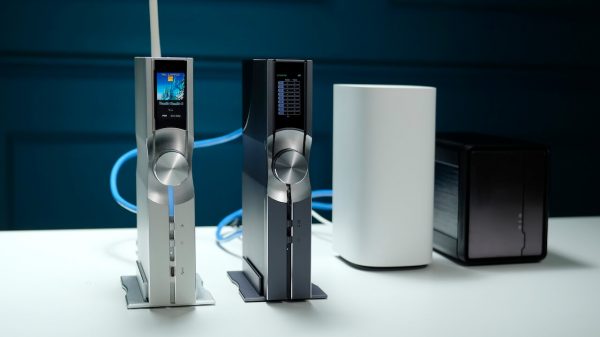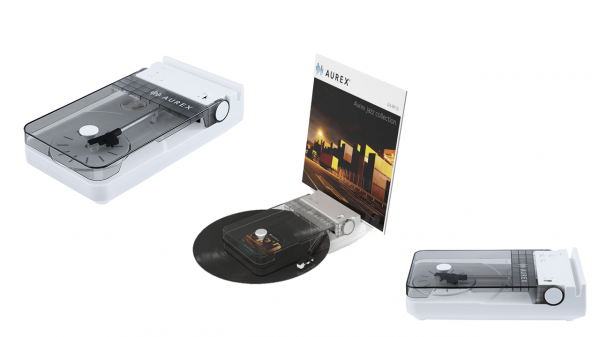NAND flash-dedicated 300mm line delivers first wafers
SEOUL, Korea ‘” May 30, 2005: Samsung Electronics Co., Ltd., the leader in advanced semiconductor technology, today announced that it has begun mass producing the highest density NAND flash device yet to take advantage of advanced 70-nanometer process technology ‘” 4-Gigabit (Gb) NAND flash memory. The faster technology offers larger storage densities for consumer and mobile applications at more affordable pricing.
Samsung’s 4Gb NAND flash memory was first developed in September 2003. Following the New Memory Growth Model of double density growth every 12 months (conceived by Dr. Chang Gyu Hwang, president and CEO of Samsung Electronics Semiconductor Business), five generations of NAND flash memory have been introduced consecutively: 256Mb in 1999, 512Mb in 2000, 1Gb in 2001, 2Gb in 2002, 4Gb in 2003 and 8Gb in 2004.
The use of 70nm design technology to produce the 4Gb NAND flash enables Samsung to produce the industry’s smallest memory cell size ‘” 0.025um2 (25/1000 micrometers). An advanced Argon fluoride photo-lithography light source has been deployed to etch the finer circuitry permitted by the 70nm process.
Samsung’s 70nm 4Gb NAND flash writes data at 16-megabytes per second, a 50 percent enhancement over a 90nm 2Gb device, thereby enabling real time data storage of high-definition (HD) video images.
Samsung also announced the first wafer-out at its new 300mm wafer fabrication line, one month ahead of schedule. The 300mm wafer line, Samsung’s Line 14, initially will produce 4,000 wafers starts per month and gradually ramp up to 15,000 wafer starts by the end of 2005. Line 14 produces 70nm 4Gb NAND and 90nm 2Gb NAND flash memory.
According to market research firm Gartner Dataquest, 4Gb NAND flash will account for more than 30 percent of total expected sales of $8 billion in NAND flash memory this year.
About Samsung Electronics
Samsung Electronics Co., Ltd. is a global leader in semiconductor, telecommunication, digital media and digital convergence technologies with 2004 parent company sales of US$55.2 billion and net income of US$10.3 billion. Employing approximately 123,000 people in 93 offices in 48 countries, the company consists of five main business units: Digital Appliance Business, Digital Media Business, LCD Business, Semiconductor Business and Telecommunication Network Business. Recognized as one of the fastest growing brands, Samsung Electronics is the world’s largest producer of color monitors, color TVs, memory chips and TFT-LCDs. For more information, please visit www.samsung.com























